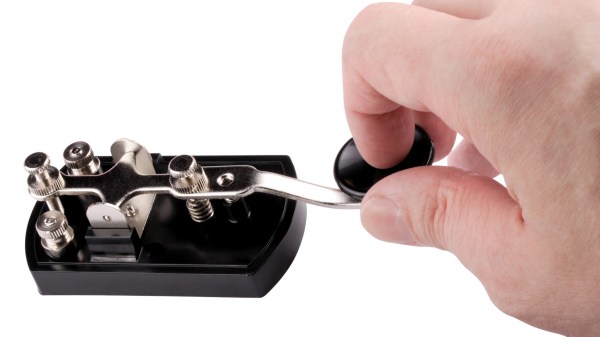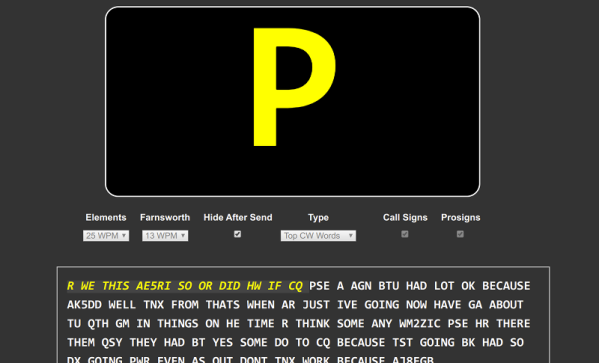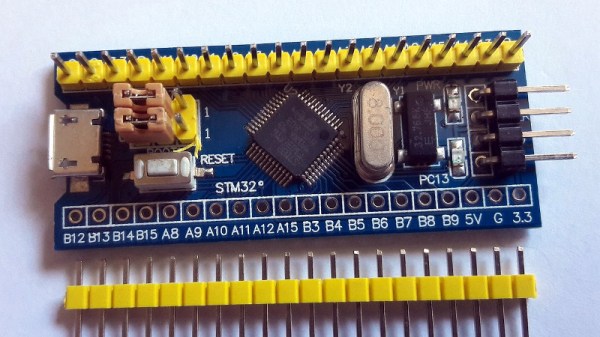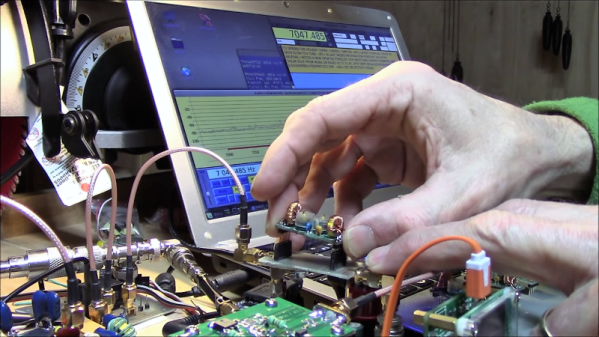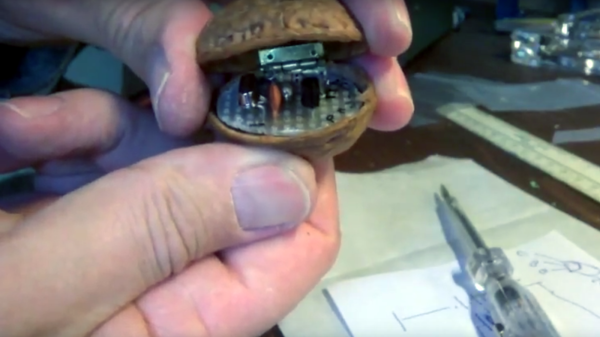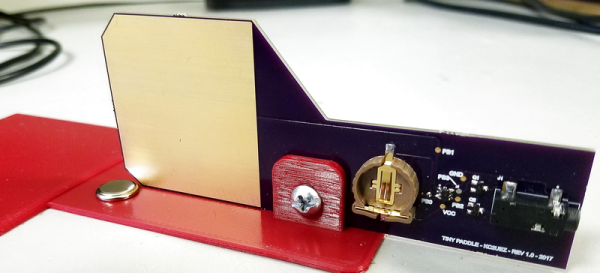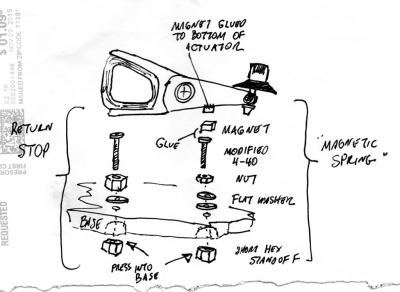Conventional wisdom holds that the best way to learn a new language is immersion: just throw someone into a situation where they have no choice, and they’ll learn by context. Militaries use immersion language instruction, as do diplomats and journalists, and apparently computers can now use it to teach themselves Morse code.
The blog entry by the delightfully callsigned [Mauri Niininen (AG1LE)] reads like a scientific paper, with good reason: [Mauri] really seems to know a thing or two about machine learning. His method uses curated training data to build a model, namely Morse snippets and their translations, as is the usual approach with such systems. But things take an unexpected turn right from the start, as [Mauri] uses a Tensorflow handwriting recognition implementation to train his model.
Using a few lines of Python, he converts short, known snippets of Morse to a grayscale image that looks a little like a barcode, with the light areas being the dits and dahs and the dark bars being silence. The first training run only resulted in about 36% accuracy, but a subsequent run with shorter snippets ended up being 99.5% accurate. The model was also able to pull Morse out of a signal with -6 dB signal-to-noise ratio, even though it had been trained with a much cleaner signal.
Other Morse decoders use lookup tables to convert sound to text, but it’s important to note that this one doesn’t. By comparing patterns to labels in the training data, it inferred what the characters mean, and essentially taught itself Morse code in about an hour. We find that fascinating, and wonder what other applications this would be good for.
Thanks to [Gordon Shephard] for the tip.

